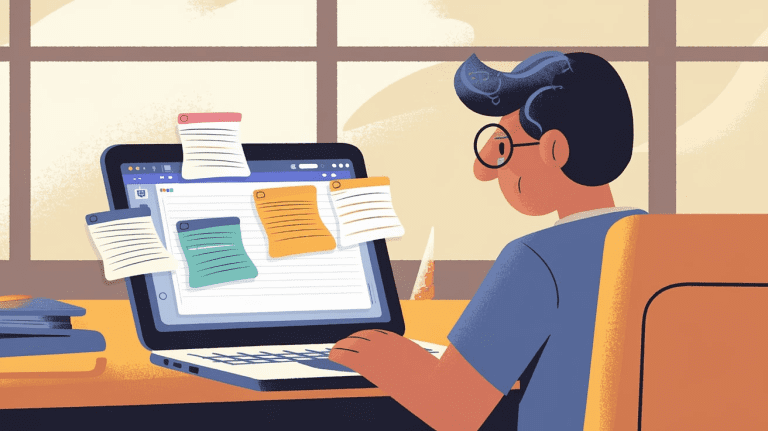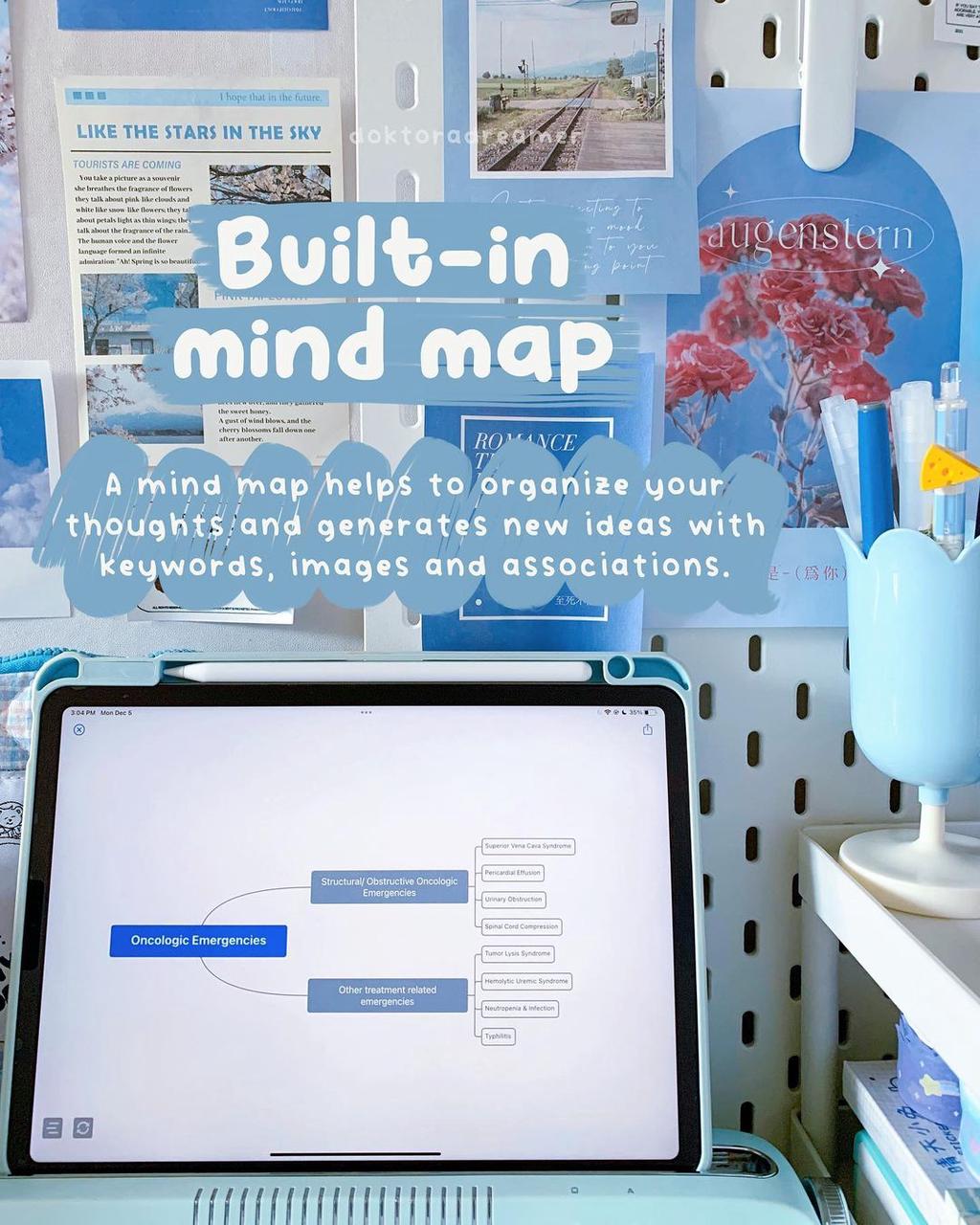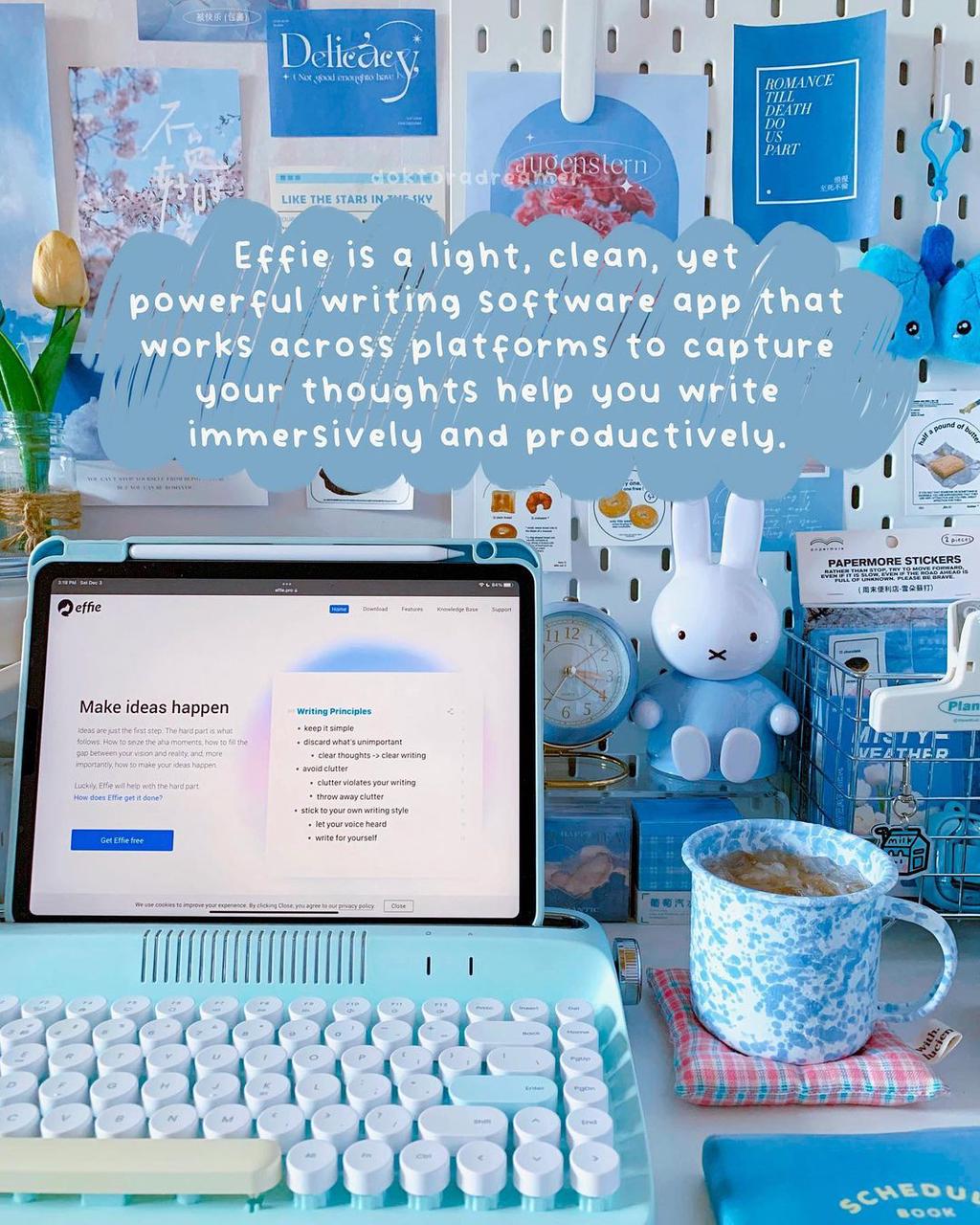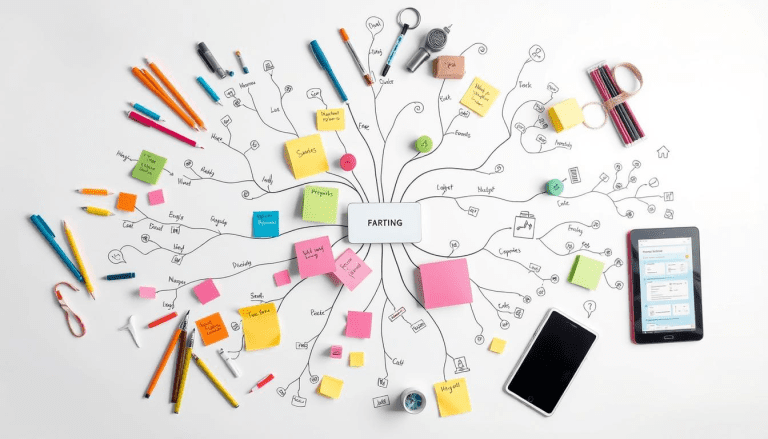Effective Note-Taking: Mastering Notes Writing Skills
Trouble staying on top of your coursework? Having a hard time recalling key points from class? The key to doing well in school might be in how you do notes writing. Mastering note-taking can transform your college journey. This guide covers different note-taking techniques, useful tips, and smart strategies for academic success. We’ll show you how to write notes efficiently and boost your learning.

Main Points
- Good note-taking skills are key for doing well in school. They help you grasp and remember what you learn in class.
- There are many ways for notes writing, like Cornell notes, outlines, and charts. These methods work for different people and subjects.
- Effie‘s mind map feature is great for visual note-taking. It helps to make sure you don’t miss anything important.
- Handwritten notes can enhance conceptual learning, while digital notes may aid in verbatim recall for short-answer tests.
- Preparing before class, staying organized, and revisiting notes after class can significantly improve the effectiveness of your note-taking practices.
- Utilizing available resources, like office hours and academic coaching, can further enhance the quality and impact of your notes.
The Power of Good Notes writing
Jotting things down in class isn’t just about copying what’s said. Smart note-taking does much more. It’s a key skill that boosts your grades and understanding. Learning to take notes well can greatly improve your learning in class and studying at home.
In-class Benefits
Good note-taking keeps you focused in class. Unlike slides, which are brief, notes writing capture the full story. This way, you grasp and remember important ideas better.
Post-class Benefits
Good notes are great for studying. They make it easy to go over and practice what you learned. Reviewing your notes right after class helps you remember. A good note-taking system also makes studying easier and improves your grades.
Effective note-taking also helps avoid copying mistakes. When you write things in your own way, it proves you get what’s being taught. This helps you learn more deeply.

Knowing why notes matter, how they help during class, and what they do for you after can really boost your grades. When you take notes well, you’re more involved with what you’re learning. This helps you grasp things better and do better in school overall.
Preparing for Effective Note-Taking
Good note-taking starts before class. By previewing your text or reading assignments, you can spot key ideas. Also, reviewing your course syllabus and previous class notes helps place new info in context.
Before Class Preparation
Spending a few minutes to prepare for your classes can greatly improve your note-taking. Begin by reviewing the assigned readings and making a list of questions. This keeps you focused and ready to listen for answers.
Staying Organized
- Organize your notes by title, date, and class for easy reference later.
- Try colored pens or markers to highlight key points and details in your notes.
- Test out different ways of organizing your notes, like the Cornell style or mind maps. Find a method that clicks with how you think and learn. Effie provides templates for various methods, streamlining your note-taking techniques.
By preparing for your classes and staying organized with your notes, you’ll master note-taking. This skill will help you throughout your studies and beyond.

Different Note-Taking Methods
People learn in various ways, so there are several approaches to writing notes. Find what fits you best. From the Cornell Method to visual Mapping, these note-taking techniques can help you understand and remember more.
The Cornell Method was created in the 1940s. It focuses on listening well and thinking critically. By dividing the page into sections, it helps you spot important ideas.
For those who learn better through pictures, the Mapping Method is a big help. It uses graphics and diagrams to organize key ideas and make them easier to remember.
Effie enhances these methods with its AI-generated summaries and mind map functionality, helping you capture and organize ideas effortlessly.
See how Effie transforms your note-taking experience. Try Effie for free today.
Picking the right way to take notes makes a big difference. Give a few methods a shot to see what suits you. As you use these note-taking tricks more, you’ll likely see your learning get better.
| Note-Taking Technique | Description |
|---|---|
| Cornell Method | Divides the page into sections for main ideas, supporting details, and summaries to encourage active listening and critical thinking. |
| Mapping Method | Utilizes graphics, structures, and diagrams to connect and organize key ideas, making it easier for visual learners to recall information. |
| Outline Method | Organizes notes in a logical hierarchy using numbers, letters, or bullets, helping students stay focused and structured. |
| Sentence Method | Captures the essence of a lecture or presentation in complete sentences, fostering deeper understanding. |
| Flowchart Method | Visually represents processes, relationships, and connections, making it valuable for subjects like science, technology, and business. |

Choosing What to Write
Good notes aren’t about copying everything. It’s about catching the main points. But how do you spot what’s crucial and what’s just fluff?
Recognizing Main Points
Listen for words that signal important ideas, like “firstly” or “in conclusion.” Also, watch for gestures or pointing. These show the teacher’s focus on a main point. The last words of a lecture often sum up the most important ideas.
Note-taking Formats
Different note-taking styles work for different folks. Give a few a try and see which one clicks for you. Here are some popular ones:
- Cornell Method: Organizes notes into main points, details, and a summary section.
- Mapping Method: Uses a visual, diagram-like structure to illustrate relationships between topics.
- Outlining Method: Utilizes headings and bullet points to comprehensively organize information.
- Charting Method: Arranges notes into columns for easy review and highlighting of key details.
- Sentence Method: Simplifies note-taking by recording topics in sentence form, ideal for fast-paced lessons.
Try out these formats and others to find what works best for you. This will help you focus on what’s most important to write down and remember.

Notes Writing: Handwritten vs Digital
Taking good notes is super important for school success. You can write them down or use a computer. Both ways have their plusses, so knowing the pros of each helps you choose what fits you best.
Advantages of Handwritten Notes
- Improved memory and recall: Studies show that writing by hand boosts memory. It helps you remember things better.
- Enhanced comprehension: Writing notes by hand makes you summarize and understand better. It helps you connect new information.
- Personalized organization: Handwriting lets you organize your notes in a way that works for you. It makes your data easier to manage.
- Accessibility and portability: Handwritten notes are always with you. They don’t go out of date or get lost like digital ones might.
Advantages of Digital Notes
- Effie helps you take notes faster on your device. It can shorten your text and give tips right away to keep your notes short and tidy.
- Typing is usually quicker than writing by hand. It also allows you to do visual note-taking, which is very efficient. It’s great for lectures that move fast.
- Searchability and organization: Effie allows you to search and organize your notes effortlessly, making finding information simple and effective.
- Backup and storage: Digital notes are safe from loss or damage. They can be stored in the cloud or on devices, ensuring your notes writing is always secure.
| Handwritten Notes | Digital Notes |
|---|---|
| Improved memory and recall | Faster note-taking |
| Enhanced comprehension | Searchability and organization |
| Personalized organization | Accessibility and sharing |
| Accessibility and portability | Backup and storage |
Choosing between handwritten and digital notes depends on what works best for you. Try both to see which helps you learn and succeed in school.
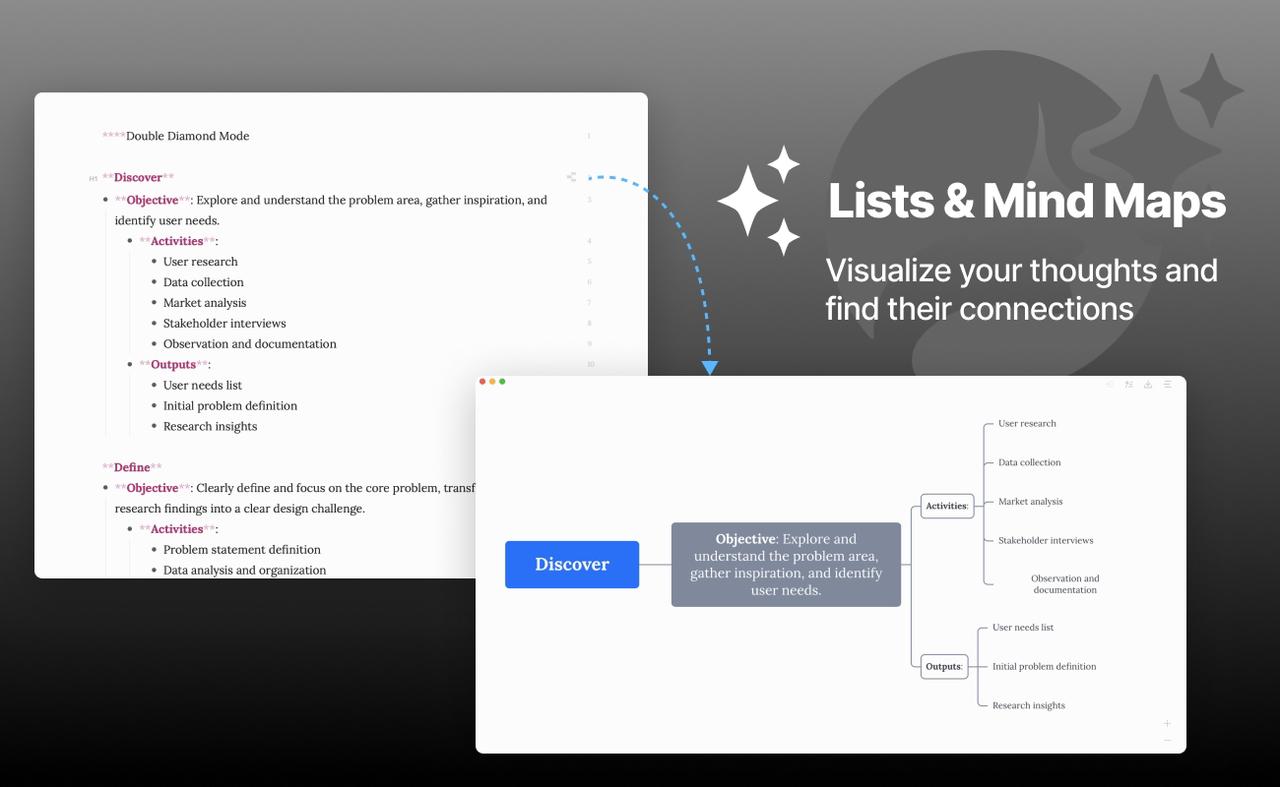
Reviewing and Revising Your Notes
Effective note-taking doesn’t stop when class ends. It’s important to review and revise your notes. Take a day or two after class to go over your notes again. This helps you check for clarity, fill in missing information, and understand the concepts better.
Effie’s AI-generated summaries make it easier to review key points. You can also use the AI to expand or shorten notes as needed, helping you quickly refine your notes for better understanding.
Follow-up After Class
Check your notes for fuzzy parts or stuff you don’t quite get. Use what your school offers, like talking to teachers, getting study help, or visiting the tutoring center. When you work on your notes and ask for tips, your note-taking gets better as time goes on.
Utilizing Resources
- Talk to your teacher: Clear up tricky stuff or dig deeper into class topics.
- Study buddies: Ask smart classmates for note-taking tips and study tricks.
- School help spots: Check out what your school offers to boost your notes and study game.
Looking over and fixing up your notes really helps you learn better. By following up after class and using available resources, you can deepen your understanding. You’ll also find areas to improve and refine your note-taking techniques.
Conclusion
Mastering effective note-taking is a big step towards academic note-taking success. Note-taking isn’t one way fits all. It’s about finding what works for you and your classes. With practice, you’ll get better at note-writing skills, making college more rewarding.
Writing a good conclusion is key to leaving a strong impression. You can summarize main points, offer a new insight, suggest actions, or talk about bigger implications. Always connect back to the introduction. Don’t repeat the thesis, introduce new ideas, or use emotional appeals that don’t match the paper’s tone.
This conclusion uses keywords like “effective note-taking,” “mastering note-writing skills,” and “academic success” to summarize key points. It encourages readers to keep improving their note-taking for lasting success. Remember, the conclusion is your last chance to make a big impact, so make it count.
FAQ
What’s good note-taking all about and why’s it important?
Nailing the art of taking notes can really shake up your college experience. It helps you understand and remember course material better. Smart notes keep you on track, help you get the big ideas, and set you up for tests and homework.
Why bother with good notes?
Taking notes well helps you pay attention and really get what’s going on in class. It also helps you remember and organize course material for studying. Well-made notes are great study tools, making it easy to review and revise information.
How can I prepare for effective note-taking?
To get ready for effective note-taking, preview your texts or readings before class. Identify key ideas and concepts. Also, review your syllabus and previous notes. Organize your notes by title, date, and class to find information easily later.
What are the different note-taking techniques I can use?
There are many note-taking techniques to improve your study skills. Try the Cornell note-taking system, Outline Method, Visual Mapping, Sentence Method, and Flowchart Method. Find the one that fits your style and the subject.
How do I identify the main points of a lecture?
To find the main points of a lecture, listen for introductory remarks and signal words. Pay attention to repeated concepts and non-verbal cues. Final remarks often summarize the key points.
Should I take notes by hand or type them?
Whether to write or type notes depends on your learning style and the subject. Handwriting is good for visual learners and understanding concepts. Typing is faster for factual information. Think about what works best for you.
How should I review and revise my notes?
Review your notes a day or two after class. Check for clarity and fill in key terms. Organize and identify any missing or unclear concepts. Use resources like office hours and learning centers to solidify your notes.
Source Links
- Effective Note-Taking in Class – Learning Center – https://learningcenter.unc.edu/tips-and-tools/effective-note-taking-in-class/
- Mastering Note-Taking: Strategies for Effective Learning – https://arshren.medium.com/effective-notes-taking-techniques-8a17a71b14e3
- Listening Note Taking Strategies – https://www.student.unsw.edu.au/note-taking-skills
- The Importance of Notetaking — University Librarian – https://www.universitylibrarian.com/blog/the-importance-of-notetaking
- How to take notes and study smarter – https://www.murdoch.edu.au/news/articles/the-art-of-note-taking-what-s-really-most-effective
- Note-Taking 101 | Academic Success Center – https://success.oregonstate.edu/learning-corner/studying/note-taking

